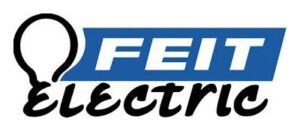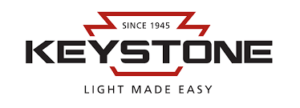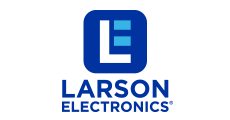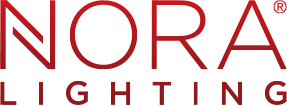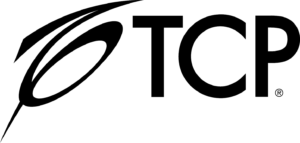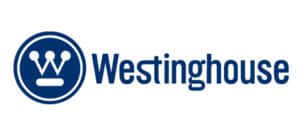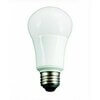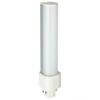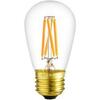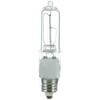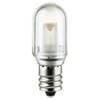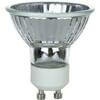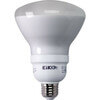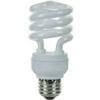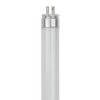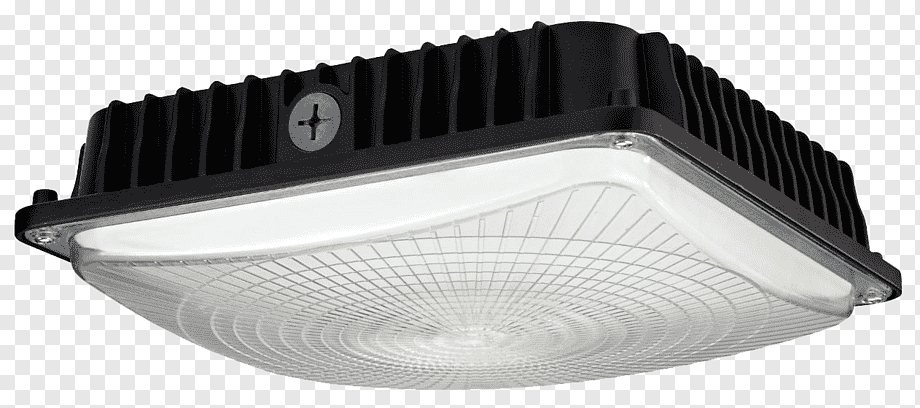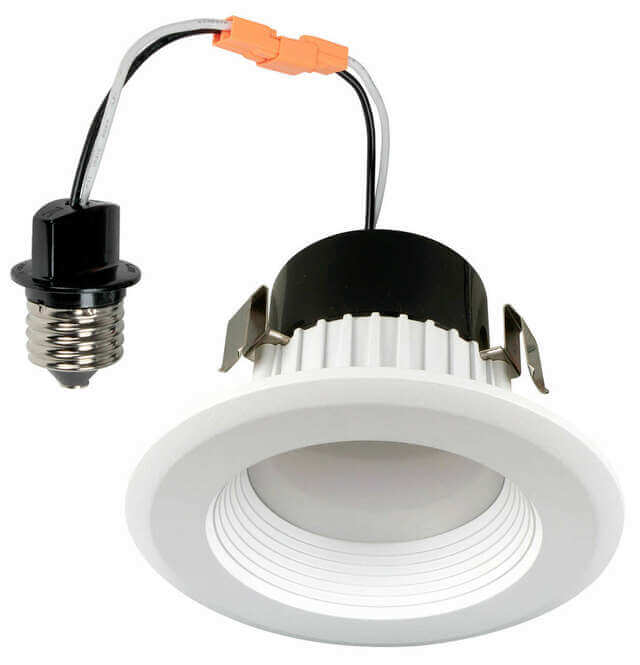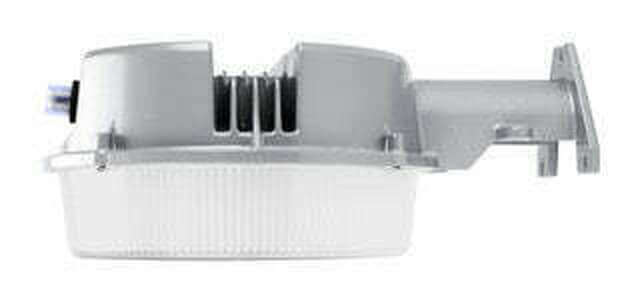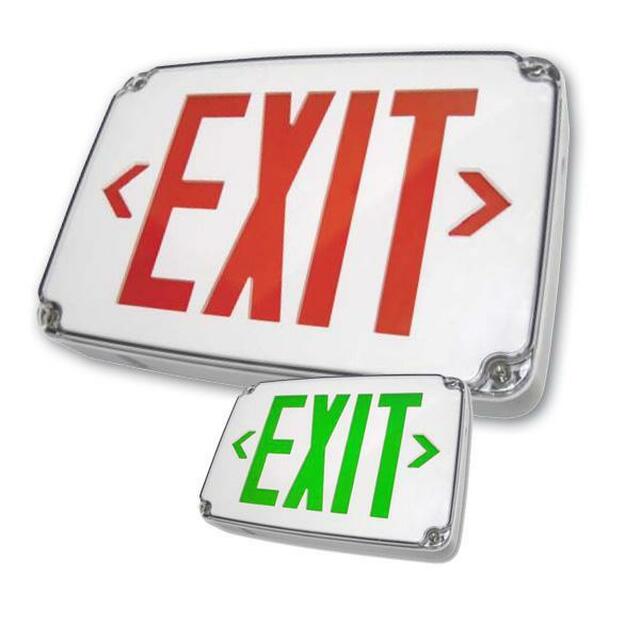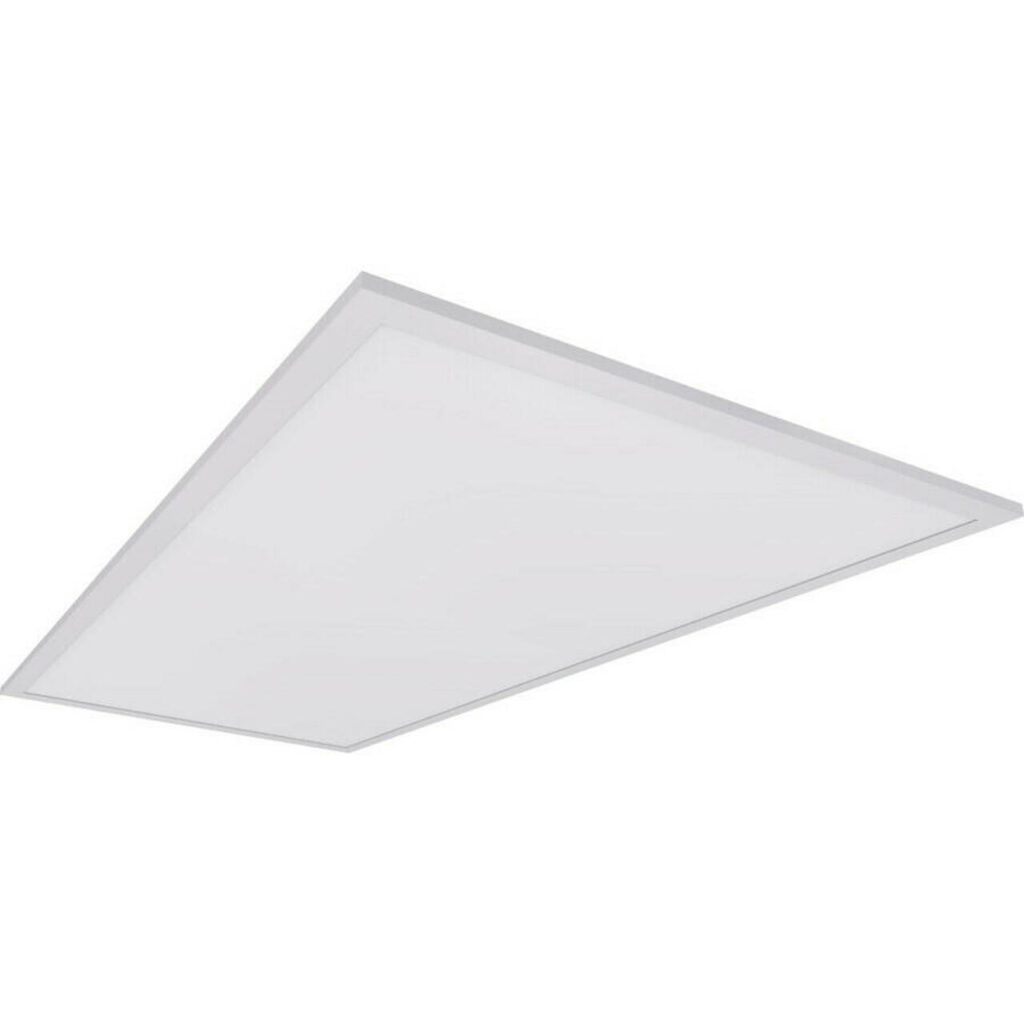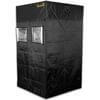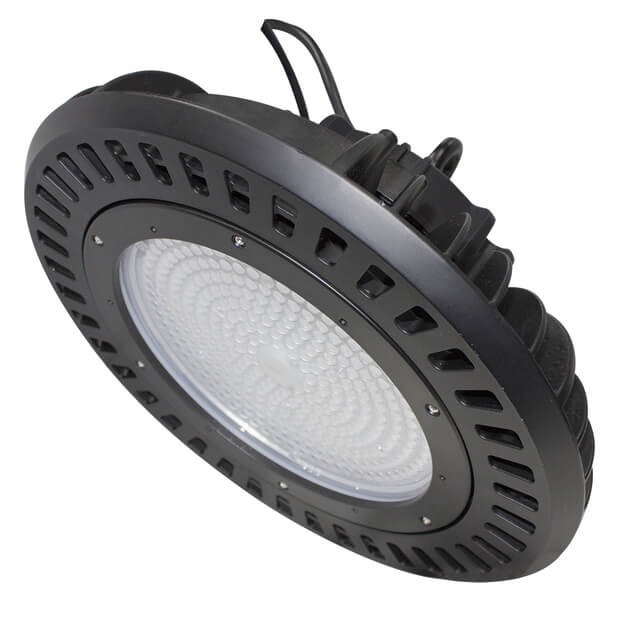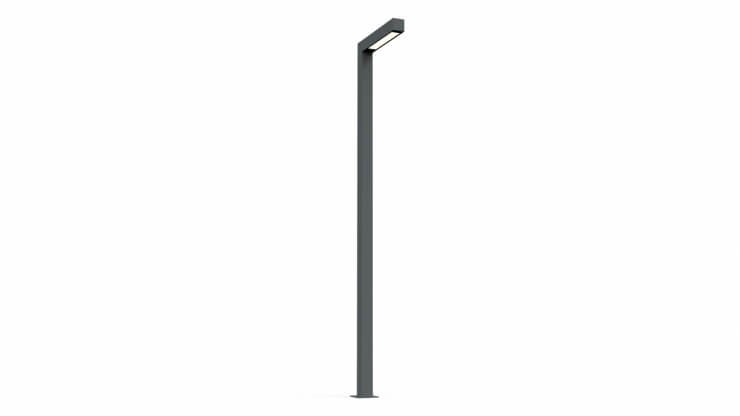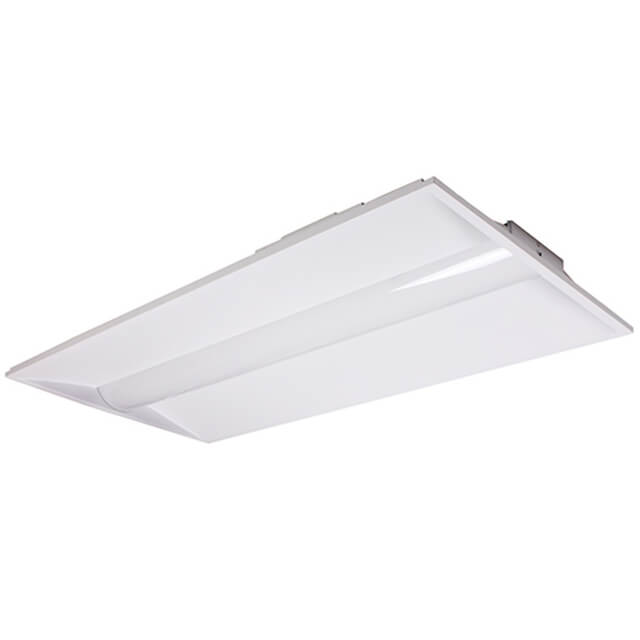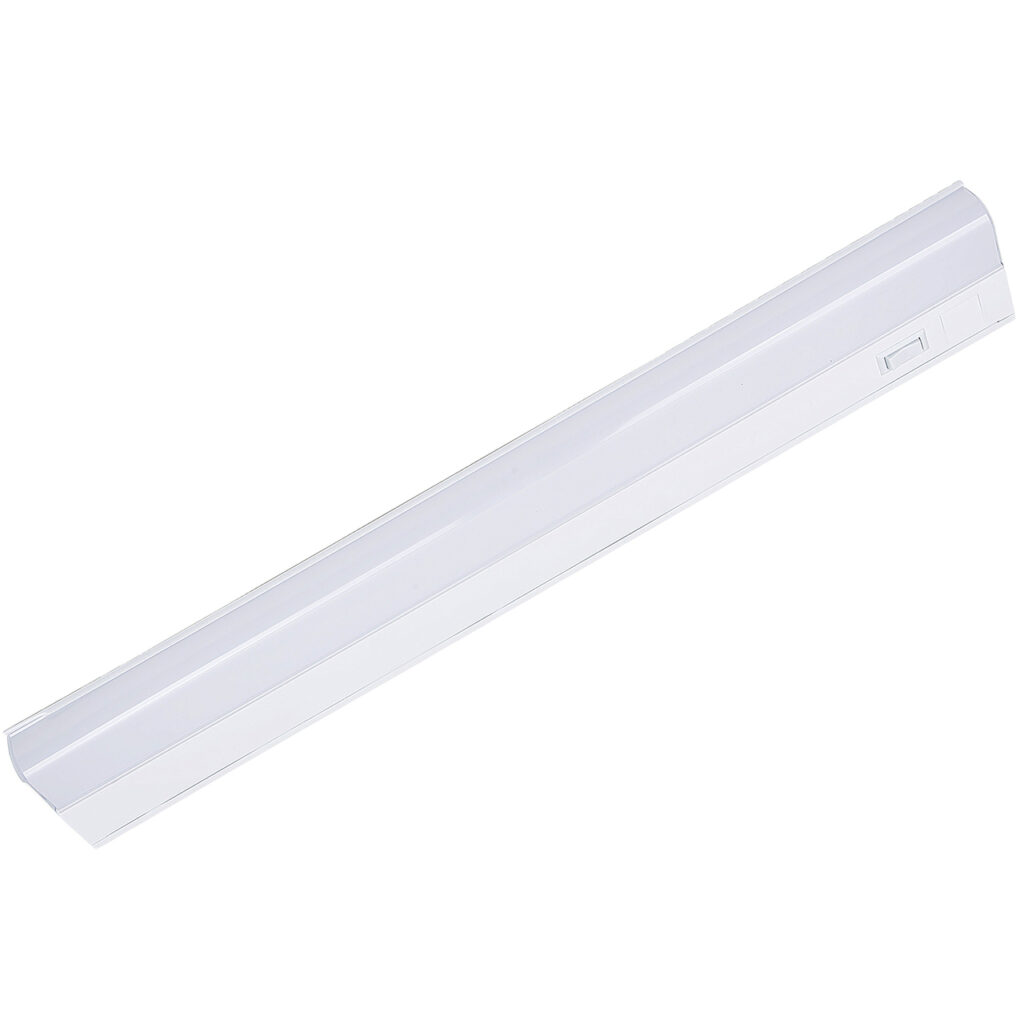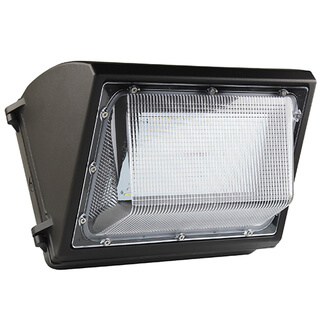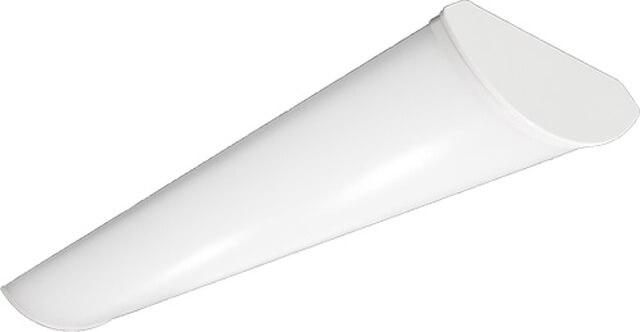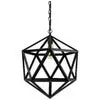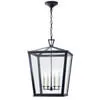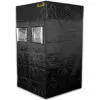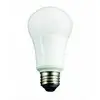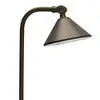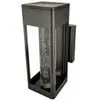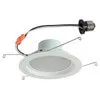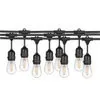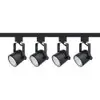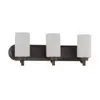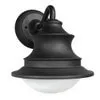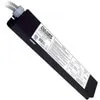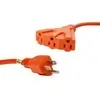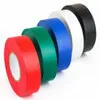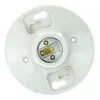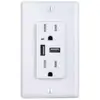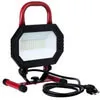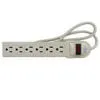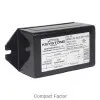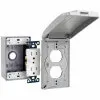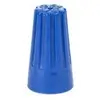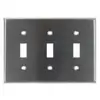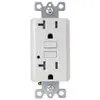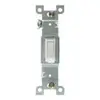Knowing the basics of pipe thread standards can save you considerable amounts of money. Plumbers can charge upwards of $200 per hour or more for their services. With a little knowledge about pipe threads and various kinds of pipes, you can easily handle some of the basic tasks usually performed by plumbers.
Learning about pipe thread standards is easier than you may think. Read on to learn some of the most important aspects of this general and marine plumbing-related topic.
Basic Pipe Thread Definitions
Pipe thread terminology dates back well over a century. Although some of the terms may sound like jargon, these basic definitions will help you navigate some of the more common terms.
NPT vs NPS
As you explore pipe thread standards, you will want to know what national pipe tapered and national pipe straight mean. Both have been in use since the mid-1880s.
Tapered threads, for example, offer a more reliable seal than NPS threads. NPT threads are generally used in gas transportation, hydraulic, and plumbing applications. NPT threads are also made from bronze, cast iron, PVC, and other materials.
FIP vs MIP
Two other terms you should become familiar with are female iron pipe (FIP) and male iron pipe (MIP). Both are common NPT threads.
MIP is used to describe male threads while anything with a FIP designation is for a female thread. Although the name has iron in it, MIP and FIP fittings are not always made from iron.
Technicians fabricate these threads from brass and steel as well. Keep these terms in mind when shopping our wide range of marine and maritime equipment.
BSP
British standard piping (BSP) is the standard throughout the United Kingdom, and it is frequently used throughout commonwealth countries as well. The crests of BSP fittings are rounded, unlike the flat tops of NPT threads.
Within the BSP options, there are BSPP (parallel threads) and BSPT (tapered seal) variants.
UNS
The last one on our list is the united special thread (UNS) which is now the standard for bolts, nuts, and screws throughout the United States and Canada. They share the same angle between troughs and crests as NPTs, but they are not interchangeable with NPTs.
Within this series, one can find course (UNC), fine (UNF), and extra fine (UNEF) options.
Five Steps to Determine Basic Pipe Thread Type and Size
Now that we’ve covered the basics of pipe thread terminology, let’s explore five simple steps that can help you find the right pipes for your marine plumbing project. These steps can easily be memorized.
1. Determine What You Are Using the Fitting For
Different counties use different fitting sizes. This is why one of the first steps you should take is to ensure that the fittings match where the product came from. For example, a coffee maker from Italy needs BSP threads and not NPT threading.
Guessing the type of fitting can be difficult just by looking at it. Your best bet is to go by the country of origin. You can also test different threads to see which one fits.
2. Male or Female Fitting?
Threads have gender. They are either female or male.
Basically, the male fittings are designed to fit inside the female fitting. To accommodate that relationship, the outside diameter of a male fitting is smaller than a female end.
3. Tapered or Straight?
Tapered threads become more narrow as they extend. Straight threads remain the same diameter throughout.
Straight fittings that have no taper are sealed using an O-ring or gasket. The male and female tapers of tapered fittings are designed to screw together. The threads interlock.
Both tapered and straight fittings require a seal in order to prevent leaks. The male end is usually fitted with a washer, gasket, or O-ring. Teflon or another type of pipe sealant can also be used to ensure a tighter seal.
The connection can only be sound if you find the right mate for each fitting. Threading a tapered fitting into a straight fitting is a basic non-starter. Loose fittings may fit, but they will not prevent leaks.
4. Fitting Thread and Pipe Size
Measuring pipe thread size can be challenging. They are based on the ID of the pipe. Use a ruler, caliper, or measuring tape to measure the diameter of a male or female thread.
Understand the difference between the inner diameter (ID) and outer diameter (OD). This will help you measure the thread dimension.
Match the ID or OD to the thread chart. Pipe and thread sizes are measured according to the same scale.
5. What Pipe Fitting Is Compatible?
Finding the right pipe fitting for your project is not unlike matching the correct Lego for your Lego project. There are many factors to consider.
Having the right pipe fittings can prevent leak points. Having way too many fittings (like turns or elbows) can cause a slower rate of flow. The materials you use matter as well.
You’ll want to match metals as much as possible to prevent corrosion. Any materials that come into contact should be chemically compatible, especially with marine navigation products.
Learn More About Pipe Fitting Basics
After learning the basic terminology behind pipe thread standards is easier than you think. The five tips we outlined in this article can help you find the right pipe fitting for your project.
As you get started, you can rely on LightingAndSupplies.com to provide you with all of the materials you need. Drop us a message today so we can get you a prompt quote by contacting us before your first or next purchase. We look forward to serving you and helping you find the best marine and boat supplies online!


